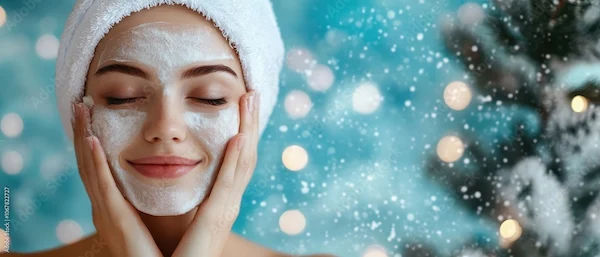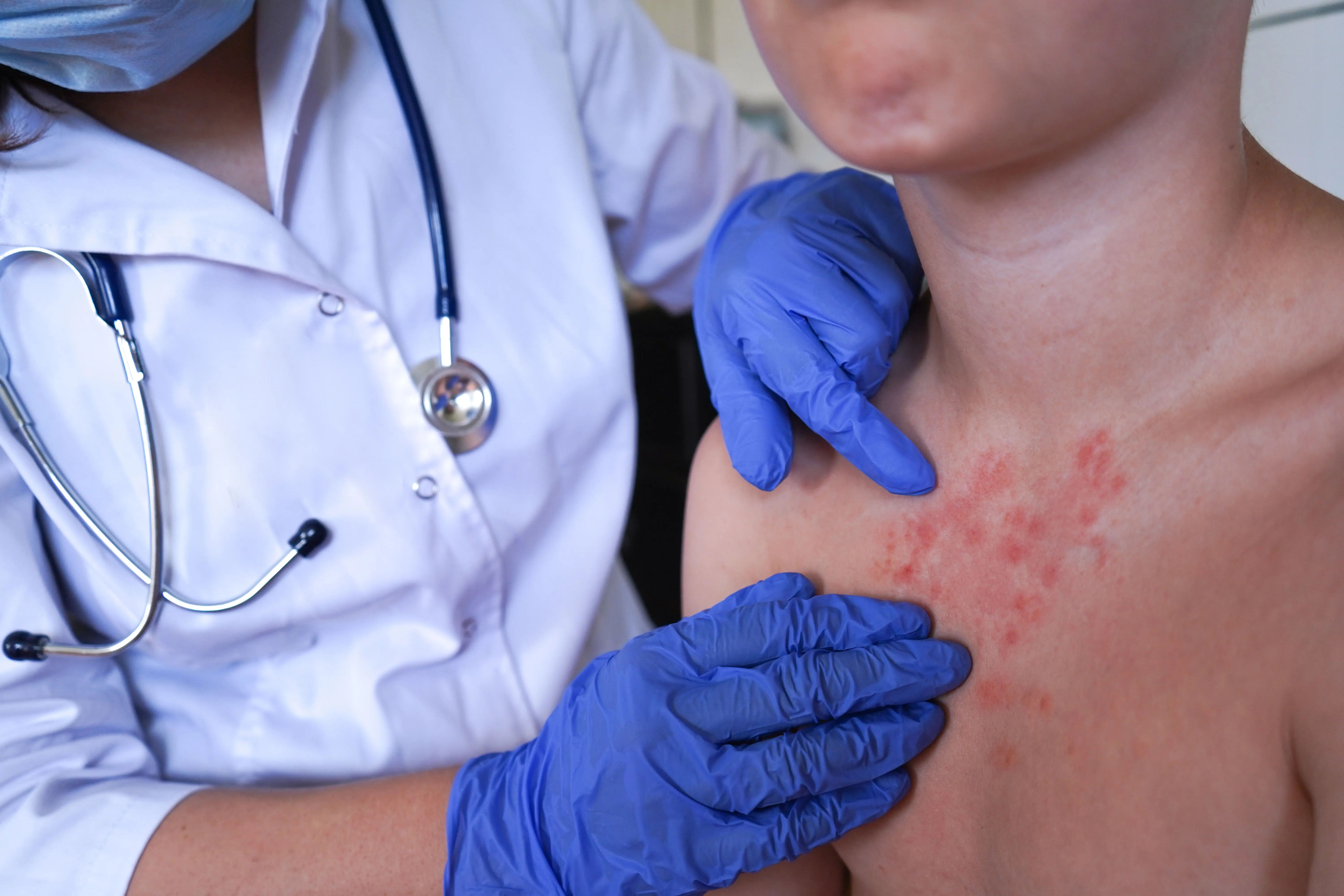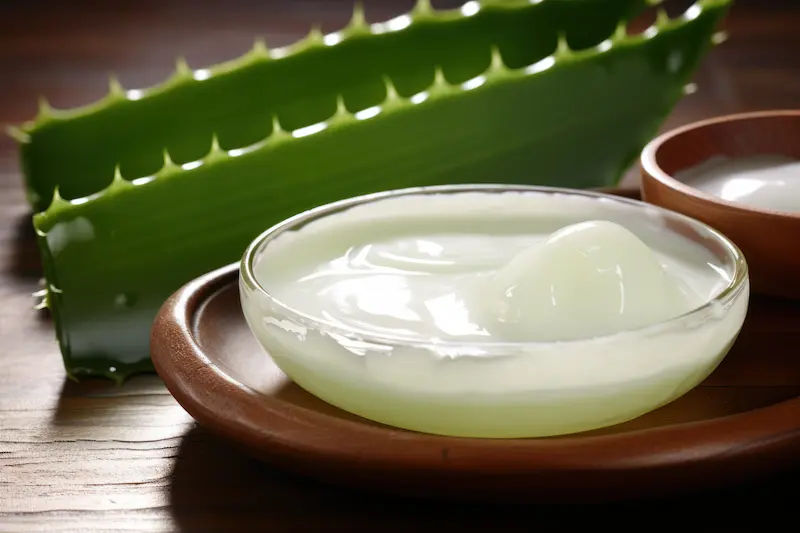- female
- 30 Years
- 20/02/2025
I've started using Erythego gel and Ivermectin cream because my face was feeling hot and burning with some redness. At first, the redness seemed to get better, but the burning feeling didn't really go away. It only stops for a bit when I put on the medicine, but the rest of the time, my face still feels warm. I'm starting to wonder if these medications could be making the burning worse instead of helping me. Could they be causing the redness, too?
Answered by 1 Apollo Doctors
yes
Dr. Ranjith Suggests...
Consult a Dermatologist
Answered 25/07/2025
0
0

More Dermatology Health Queries
View allI'm curious about getting rid of some old blade cut marks I've had on my arm for almost 8 years now. What's the best way to treat them, and what kind of cost should I expect?
To remove old blade cut marks on your arm, you can consider undergoing laser therapy. Laser therapy can help reduce the appearance of scars by promoting collagen production and skin regeneration. One commonly used medication for this purpose is Mederma, which is a topical gel containing onion extract. It is recommended to apply Mederma on the scar twice daily for at least 3 months to see visible results. Additionally, silicone gel sheets like ScarAway can also be used to flatten and fade the scars. As for the cost, the price of laser therapy sessions can vary depending on the size and severity of the scars, as well as the number of sessions required.
Answered by 1 Apollo Doctors
I've been noticing that my lips have gotten darker because of smoking. Could you please recommend any treatments or remedies to help return them to their natural color?
visit dermatologist for evaluation and appropriate management
Answered by 1 Apollo Doctors
I've been struggling with a dry scalp and it's leading to dandruff all the time. Could you recommend a good shampoo for this?
Visit Physician for evaluation and appropriate management
Answered by 1 Apollo Doctors
Disclaimer: Answers on Apollo 247 are not intended to replace your doctor advice. Always seek help of a professional doctor in case of an medical emergency or ailment.




